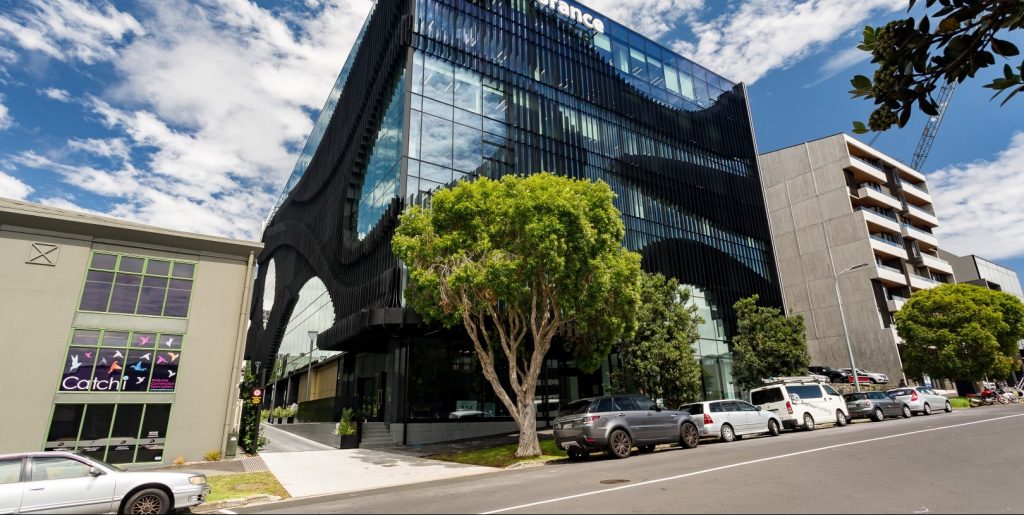Auckland and Wellington office landlords will hold the balance of power this year, while tenants will likely have more room for negotiation in Christchurch’s office sector, says Colliers International’s Director of Research and Communications, Chris Dibble

Dibble says in Auckland, there is strong tenant demand, a shortage of available office space across the region and static net supply created from a development pipeline keeping pace with ongoing stock reductions from refurbishments and conversions.
“Both Auckland CBD and the metropolitan market of the city fringe and suburban precincts are already under pressure,” he says.
Colliers’ September 2018 survey of the larger metropolitan market of 1.7 million sq m found a vacancy rate of just 6.7 per cent, representing 114,000sq m of vacant space.
This is well below the two-decade average of 8.5 per cent.
A new record low Auckland CBD vacancy rate of 5.2 per cent (75,000sq m of vacant space) across total stock of 1.3 million sq m in the December 2018 survey showcases the pressure on tenants who are already finding it challenging to source suitable accommodation.
“With demand likely to overspill from the CBD into an already popular, but constrained metropolitan office market, tenants will likely face higher rent rises, upwards of 3-4 per cent per annum over the next few years,” Dibble says.
“Tenants searching for good quality office space of scale anywhere in Auckland will find the challenge harder and the rental rises higher.”
In Auckland’s CBD there is just 18,000 sqm of prime (premium and A-grade) vacant space. The metropolitan prime office market provides just under 21,000sq m.
Auckland metropolitan prime office precincts experiencing some of the tightest leasing conditions include Albany, Greenlane, Newton, Newmarket, Parnell and Ponsonby.
“While challenging for tenants, this will be a positive for landlords who will likely experience greater total returns from higher rents and firming yields in a bullish investment environment spurred on by low interest rates and strong offshore investor interest,” Dibble says.
Auckland prime office yields range between 5.50 per cent and 6.75 per cent, firming by an average 25 basis points in the past six months.
Not to be outdone, in Wellington, Colliers’ December 2018 survey shows a 10-year low vacancy rate of 6.2 per cent has also been achieved. There is currently just 86,000sq m of vacant space available.
“Office space in Wellington’s CBD remains tight after the significant reduction in total supply following the Kaikoura earthquake,” Dibble says.
“Prime office vacancy is at 1.2 per cent with secondary vacancy at 7.6 per cent.”
Strong pre-commitment of new buildings will assist with short-term market growth, says Dibble.
“The addition of 99,000sq m of premises either under construction or being refurbished over the next five years will assist in alleviating acute supply shortages.”
In Christchurch, there has been a sharp decline in CBD office development over the past year.
The peak of development activity in 2015 of approximately 142,500sq m reduced to just 9,500sq m in 2018.
With 356,000sq m of total CBD office space, expected to increase to just under 370,000sq m of space in 2019, the market is entering a more stable phase of activity.
“Continued tenant relocations from the suburbs, the internal CBD churn of existing tenants and small tenant leasing activity will mean some tenant’s will need to forego their exact requirements,” Dibble says.
“Leasing activity in Christchurch will grow, however, a 20 per cent vacancy rate means tenants will continue some flexibility in lease negotiations.”



